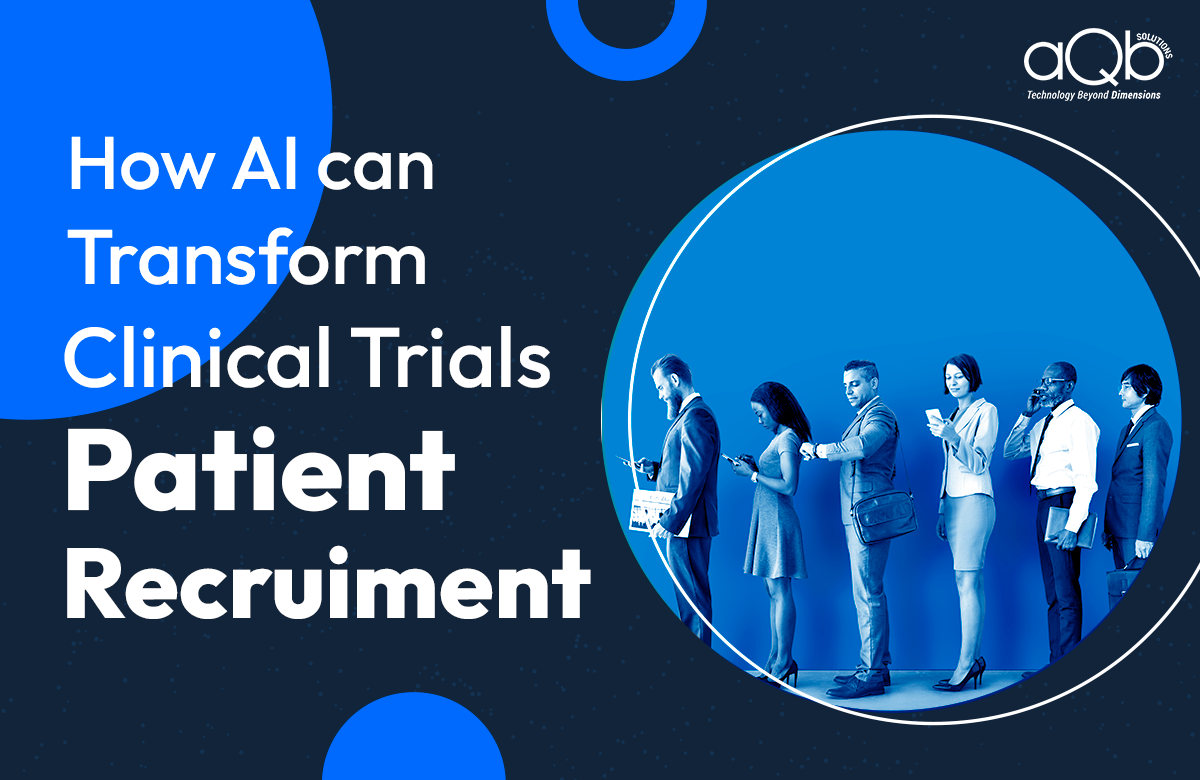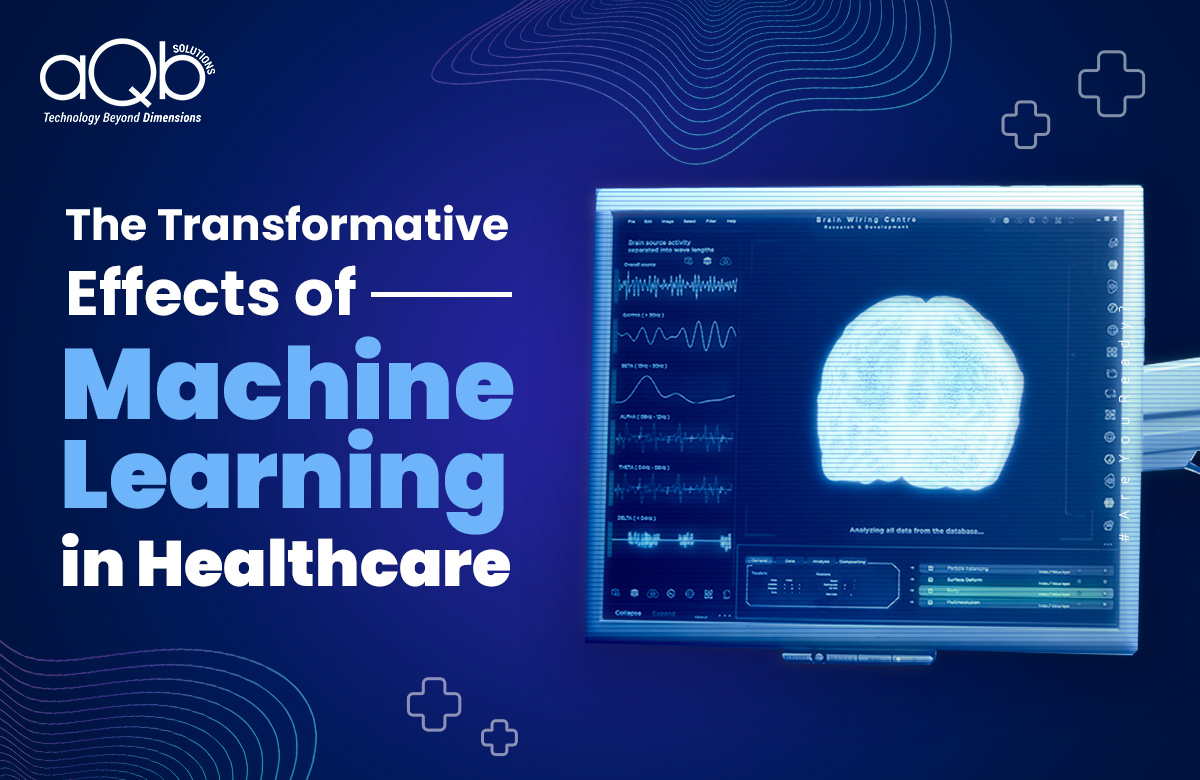Medical imaging is an integral element of healthcare. The technology improves the reliability, precision, as well as the development of treatment for different ailments. Artificial intelligence (AI) has widely found its application in further enhancing the process of medical imaging. Well, now, what’s new in AI is the creation of new algorithms to facilitate low-cost medical image diagnostics.
The Case of Conventional Medical Image Diagnostics
Traditional medical image diagnostics that use artificial intelligence algorithms need large quantities of annotations in the form of supervision signals for training of models.
To get accurate labels for AI algorithms, as part of clinical routine, radiologists create radiology reports for all patients. Then, the annotation staff extract and confirm structured labels from these reports. They do this using existing NLP (natural language processing) tools and certain rules defined by humans.
Hence, the extracted labels’ accuracy depends on human work quality and different NLP tools. This method is quite expensive, time consuming, as well as labor intensive.
New in AI: A Breakthrough in Medical Image Diagnostics
The University of Hong Kong (HKU) has recently brought a breakthrough in the field of medical image diagnostics. An engineering team at HKU has created a new system called REFERS. It stands for Reviewing Free-text Reports for Supervision. This new approach can reduce the human cost by 90%.
This cost reduction happens because the system facilitates collection of supervision signals automatically from a large number of radiology reports simultaneously. The new approach achieves a high degree of accuracy in predictions. It outperforms its alternative – the traditional medical image diagnostics system using AI algorithms.
The high level of accuracy is achieved by the use of a SoTA Radiograph Transformer with 12 self-attention blocks as well as cross-supervised learning.
All radiographs in a patient study are forwarded through the radiograph transformer at the same time to get their individual representations. Then, an attention mechanism is employed to merge the individual representations to get an overall representation of the study.

The Remarks of Professor Yu about REFERS:
“AI-enabled medical image diagnosis has the potential to support medical specialists in reducing their workload and improving the diagnostic efficiency and accuracy, including but not limited to reducing the diagnosis time and detecting subtle disease patterns,” outlined Professor Yu Yizhou, the team’s leader from the Department of Computer Science at HKU under Faculty of Engineering.
Professor Yu added that the complex and abstract logical reasoning sentences present in radiology reports offer enough information to learn easily transferable visual features. REFERS, with proper training, can learn radiograph representations directly from free-text reports. This will eliminate the need for involving manpower in labeling.
The Rewards of REFERS
REFERS can attain supervision from every word in radiology reports, whereas conventional approaches depend largely on human annotations. With REFERS, it’s possible to lower the data annotation amount by 90%. It can also significantly reduce the cost to develop medical artificial intelligence.
This breakthrough is a solid step in the direction to realize generalized medical AI.




